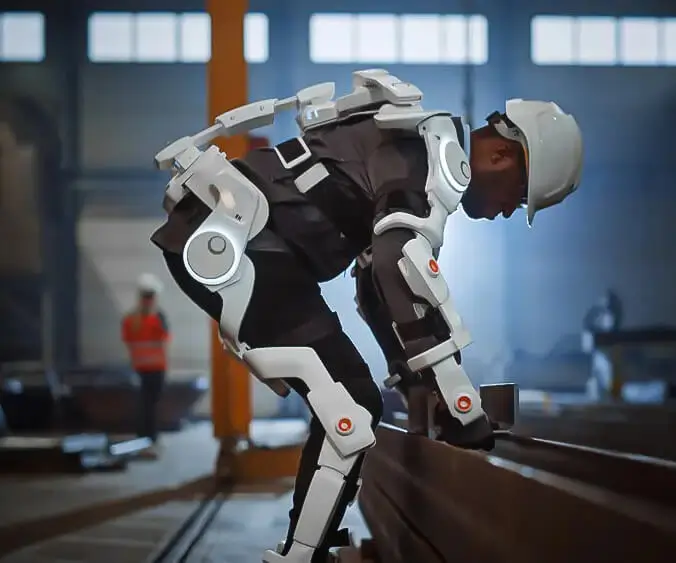Certainly! Here is the first part of a compelling and engaging soft article based on the theme "Arduino Code for Controlling Servo Motor." I will provide the second part shortly after.

Imagine a world where your ideas leap off the drawing board and dance to life in the physical realm. From robotic arms reaching out with precision, to automated cameras that pan and tilt effortlessly—these marvels are made possible through the magic of electronics and programming. At the heart of many of these projects lies one simple yet incredibly versatile component: the servo motor.
A servo motor is a small device capable of precise angular movement, perfect for applications requiring accuracy, such as robotics, remote-controlled vehicles, camera gimbals, and even art installations. Integrating a servo motor into your project can seem daunting at first, especially for newcomers, but with the Arduino microcontroller—a user-friendly, open-source platform—controlling these motors becomes an accessible adventure.
Why Use Arduino for Controlling Servo Motors?
The appeal of Arduino lies in its simplicity and community-driven support. It provides an intuitive programming environment and a variety of libraries that make complex hardware control straightforward. When dealing with servo motors, Arduino’s Servo library simplifies the process further. This library takes care of the detailed pulse-width modulation (PWM) signals needed to position the servo accurately.
The Basics of a Servo Motor
Unlike standard motors, which rotate continually, servo motors are designed to rotate to a specific position within a range—typically 0 to 180 degrees. This positional control makes them ideal for tasks that require precision and repeatability. Inside the servo, a feedback system constantly monitors its position, allowing it to adjust and hold its required orientation.
Connecting a Servo to Arduino
Getting started is surprisingly simple. You only need a few components:
An Arduino board (Uno, Mega, Nano, etc.) A servo motor A power supply adequate for your servo (some micro servos draw enough power to need their own supply) Jumper wires A breadboard (optional, for neat wiring)
The basic connections involve the servo’s three wires: power (usually red), ground (black or brown), and signal (yellow or white). The power and ground go to your power source and Arduino GND, while the signal connects to a digital PWM pin—often pin 9 or 10 on the Uno.
Crafting Your First Arduino Servo Code
Once hardware is wired up, it’s time to dive into the coding. The Arduino IDE allows you to write simple programs—or sketches—that tell your servo what to do. Here’s a simple example to get you started:
#include Servo myServo; // Create a servo object void setup() { myServo.attach(9); // Attaches the servo on pin 9 } void loop() { myServo.write(0); // Move servo to 0 degrees delay(1000); // Wait for a second myServo.write(90); // Move servo to 90 degrees delay(1000); // Wait for a second myServo.write(180); // Move servo to 180 degrees delay(1000); // Wait for a second }
This code makes the servo sweep through its full range, pausing at each position. It’s a perfect starting point to understand how control commands translate into movement.
Fine-Tuning Your Movements
The write() function takes an angle parameter from 0 to 180, corresponding to the servo’s physical position. However, some servos support a narrower or wider range, and you might want smoother, slower movements. For that, you can incrementally change the position within small steps, creating a more natural motion effect.
Suppose you want to animate your servo for a gentle sweep:
for (int pos = 0; pos <= 180; pos++) { // go from 0 to 180 degrees myServo.write(pos); delay(15); // waits 15ms for the servo to reach the position } for (int pos = 180; pos >= 0; pos--) { // go back to 0 degrees myServo.write(pos); delay(15); }
This loop produces a smooth back-and-forth movement, ideal for camera gimbals or decorative projects.
Powering Multiple Servos
If you’re aiming to control multiple servo motors, each one needs a dedicated signal pin, but powering multiple servos from the Arduino’s 5V pin can be problematic. Servos can draw enough current to cause voltage dips or resets. A common solution involves powering servos from an external power supply—say, a 5V DC adapter—shared ground with the Arduino, to ensure stable operation.
Stay tuned for the next part—we’ll explore advanced control techniques, servo calibration, real-world project ideas, troubleshooting tips, and how to write more dynamic and responsive control code to elevate your robotic creations to the next level.
I will prepare the second part now!
Leveraging innovations in modular drive technology, Kpower integrates high-performance motors, precision reducers, and multi-protocol control systems to provide efficient and customized smart drive system solutions.




































